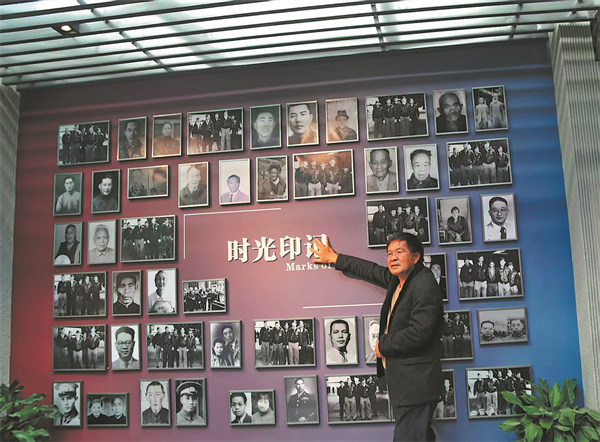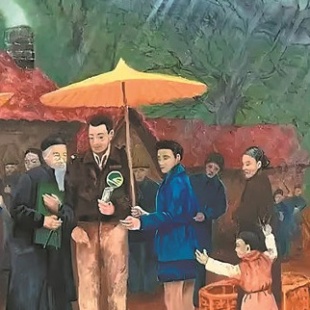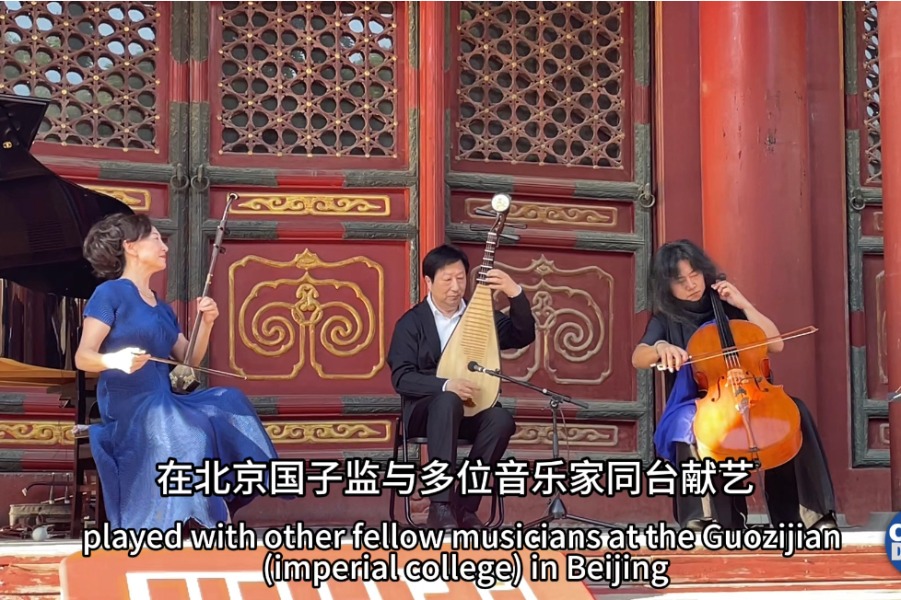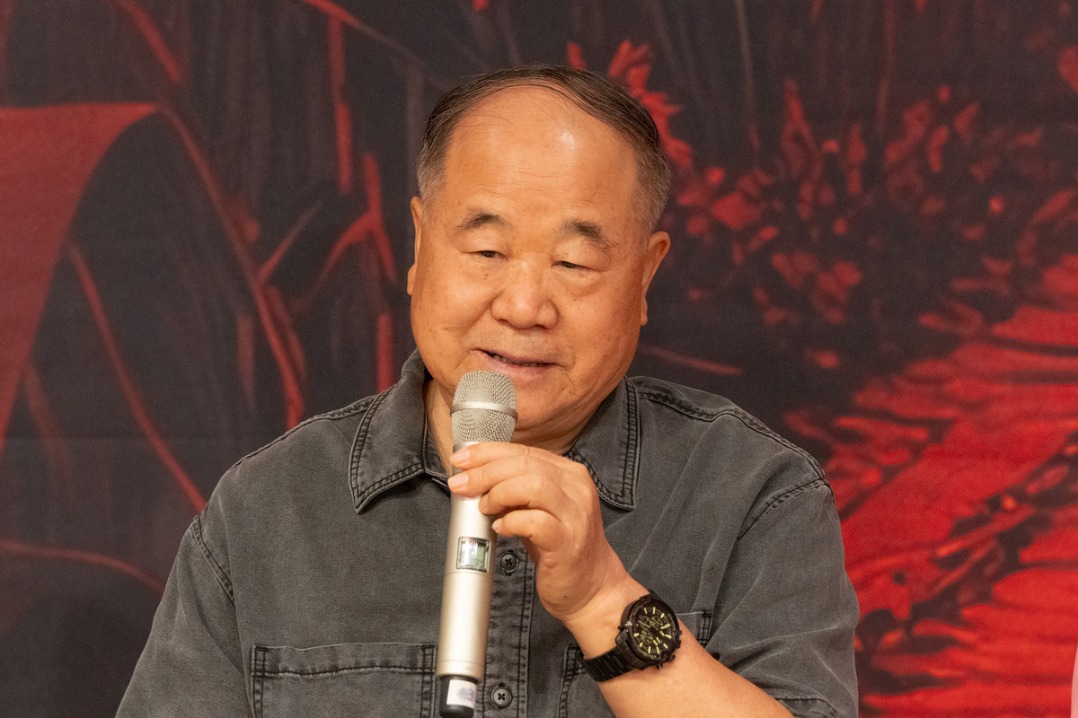The forgotten acts of Chinese heroism


New book puts a spotlight on rescue efforts of US pilots through meticulous research and accounts of descendants of the people who saved them, Fang Aiqing reports.
A recent nonfiction literary work has added a rare Chinese perspective to the already extensively documented Doolittle Raid during World War II, as it systematically restores the courageous efforts of Chinese civilians and military in rescuing United States pilots in eastern China following the raid.
On April 18, 1942, not long after the Pearl Harbor attack on Dec 7, 1941, Lieutenant Colonel James Doolittle of the US Air Force led 16 B-25 bombers in a daring takeoff from the aircraft carrier USS Hornet in the Western Pacific Ocean to launch a surprise attack on military and industrial targets in Japanese cities including Tokyo, Yokohama, Nagoya, Kobe and Osaka, an operation known as the Doolittle Raid.
This was the first Allied air raid on the Japanese mainland. However, the mission was prematurely exposed and conducted ahead of schedule. During their flights to China after the bombing, the planes encountered rain and communication breakdown in eastern China, which disrupted their original plan to land in Quzhou, western Zhejiang province.
Consequently, 15 aircraft crashed or made forced landings in an area of 500 square kilometers in parts of Zhejiang, Jiangxi, Anhui and Fujian provinces. Of the 75 pilots, 64 were rescued by Chinese people, three died during landing, and eight were captured by Japanese forces.
The scattered, rescued pilots were protected by Chinese civilians and military, who treated their wounds. They were gathered in Quzhou before being transferred to the rear areas of Chongqing, and Kunming, Southwest China's Yunnan province.
In his nonfiction work, Heroic Mountains and Rivers: Quzhou's Promise in 1942, journalist-turned-writer Zhou Liwen, 64, reviewed this section of history, focusing on the ordinary residents of eastern China who demonstrated bravery and sacrifice in the rescue. However, their contributions have long been overlooked.
During the book's launch event in Beijing on Aug 21, Zhou said the Doolittle Raid consisted of two phases: bombing Tokyo and landing in China. This was the first joint effort between China and the US in resisting Japanese aggression.
He added that although dozens of monographs on the Doolittle Raid have been published in the US, the second phase is rarely mentioned and when it is, the accounts are often incomplete and inaccurate due to insufficient materials and language barriers.





































